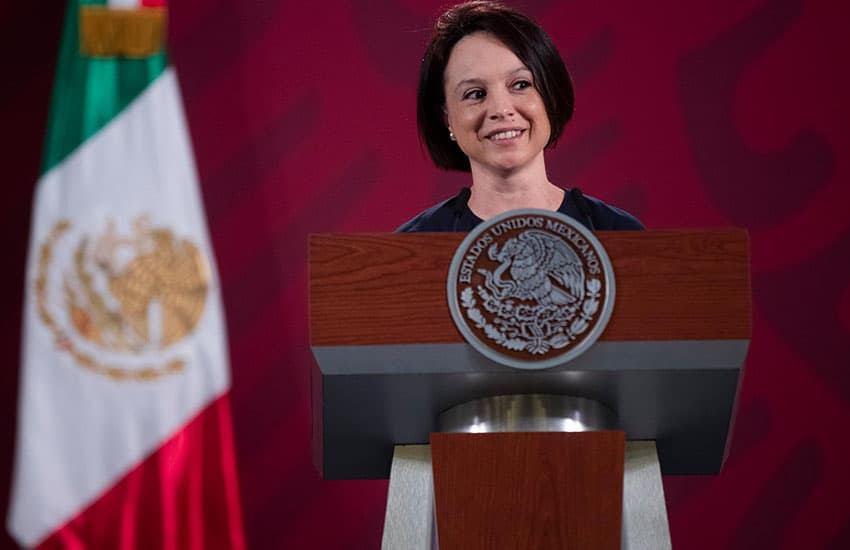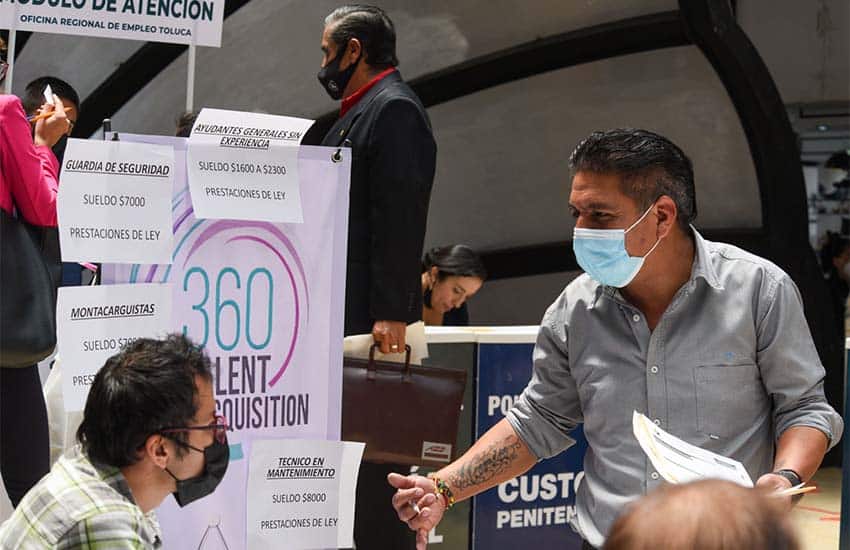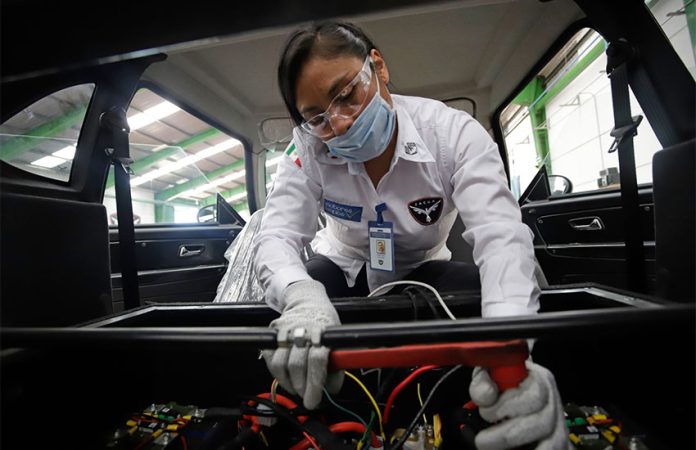The slump precipitated by the coronavirus pandemic and associated restrictions is the worst economic crisis Mexico has experienced, according to Bank of México (Banxico) Deputy Governor Galia Borja Gómez.
On a positive note, economic activity has almost returned to pre-pandemic levels, Borja said, noting that the length of the COVID-induced downturn is thus set to be shorter than other economic crises that affected Mexico in the past 40 years.
GDP declined by more than 8% in 2020 before growing almost 5% last year. That left the total size of the economy still below 2019 levels in 2021. However, Borja said Monday that the latest data shows that economic activity is just 0.05% short of reaching pre-pandemic levels.
The near total recovery has taken 30 months, the central bank official told the Mexico Capital Markets Forum, whereas the economy took 32 months to regain the ground lost during the Mexican peso crisis of the mid 1990s.

Borja said that the economy also took longer to recover from other economic crises. Recovery from the debt crisis of the early 1980s and the dot-com bubble deflation in the early 2000s took 34 months and 67 months, respectively, she said.
The Mexican economy’s recovery from the Great Recession in the second half of the 2000s took an even longer 72 months, Borja said.
The near total recovery from the COVID-induced slump is due to the recovery of the majority of sectors that make up the Mexican economy, she said. Borja said that 69% of those sectors are now generating revenue at pre-pandemic levels while 13% are less than five percentage points off reaching those levels.
The federal Finance Ministry is forecasting GDP growth of 2.4% this year, saying in a statement late last month that economic activity remained “solid” in the third quarter. Growth in the number of formal sector jobs, a surge in remittances, tourism revenue, strong demand for Mexican-made and grown exports and foreign investment fueled by the nearshoring phenomenon are among the factors that have benefited the economy this year.

However, Borja noted that high inflation – 8.41% in October – is a drag on economic activity. Banxico last week raised its benchmark rate by 75 basis points for a fourth consecutive time as it attempts to tame the scourge, and Borja indicated that the key rate will rise beyond its current record-high level of 10%.
Each of the central bank’s super-sized interest rate hikes have come after the United States Federal Reserve lifted rates by 75 basis points, but Borja stressed that the “synchronization” with U.S. monetary policy is not automatic but rather “conditional on the type of shocks we face.”
“It’s not mechanical nor is [matching the Fed’s rate hikes] an objective in itself,” she said.
Banxico’s key rate is currently six points higher than the upper end of the Fed’s 3.75-4% range. Borja said that each monetary policy decision is taken after considering all relevant economic data and “with a lot of prudence.”
With reports from La Jornada and El Financiero
